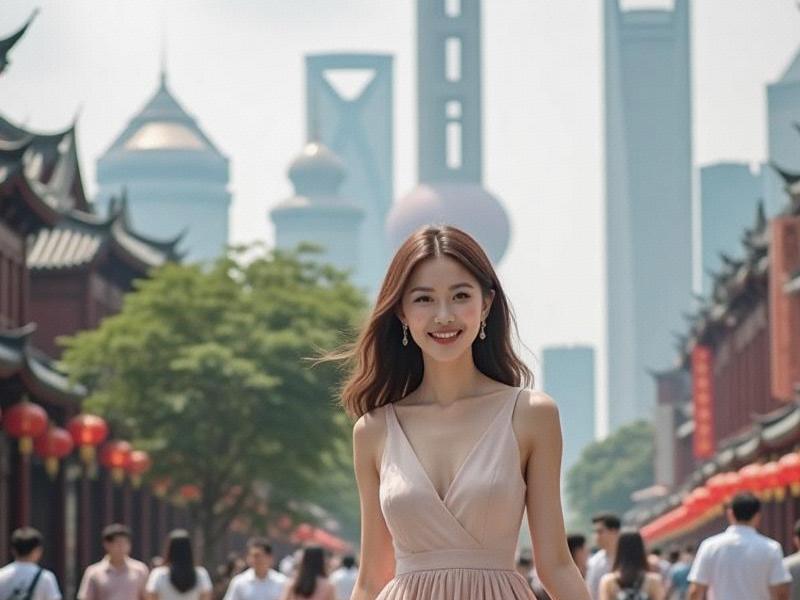This 2,800-word cultural analysis explores how Shanghai women combine traditional values with modern independence, creating a unique urban femininity that influences China's social transformation.

Section 1: The Shanghai Woman Archetype
Demographic profile:
- Average age: 32.5 (working professionals)
- 68% hold university degrees
- 42% in managerial positions
- 83% identify as financially independent
Historical context:
- Treaty port cosmopolitan legacy
- 1930s "Modern Girl" movement
- Socialist equality foundations
- Reform era opportunities
Section 2: Professional Prowess
Career landscape:
上海龙凤千花1314 - Finance district "power women"
- Tech startup founders
- Creative industry leaders
- Entrepreneurship rates (38% higher than national average)
Work-life balance challenges:
- Extended family support systems
- Domestic help industry growth
- Corporate childcare initiatives
- Government maternity policies
Section 3: Fashion as Identity
Style evolution:
- Qipao revival with modern twists
- International luxury adoption
上海花千坊419 - Emerging local designer scene
- Sustainable fashion movement
Beauty standards shift:
- From pale skin to healthy glow
- Natural look preferences
- Cosmetic surgery trends
- Wellness industry boom
Section 4: Social Transformation
Changing relationships:
- Later marriages (average age 30.2)
- Declining birth rates
- Digital dating patterns
- LGBTQ+ visibility
上海品茶工作室
Cultural influence:
- Media representation
- Literature and cinema
- Social media influencers
- Corporate leadership examples
Section 5: Global Comparisons
Versus:
- Hong Kong's professional women
- Beijing's political elite
- Tokyo's office ladies
- Seoul's beauty culture
- New York's cosmopolitanism
Conclusion: The Future of Shanghai Femininity
As China's most internationally exposed city, Shanghai women continue pioneering new models of Chinese womanhood - blending Confucian values with global perspectives while driving social and economic change.